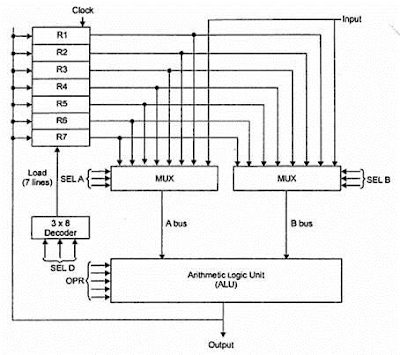Telecommunication
Telecommunication is the
transmission of signs, signals, messages, words, writings, images and sounds or
information of any nature by wire, radio, optical or electromagnetic systems. Telecommunication occurs when
the exchange of information between communication participants includes the use
of technology.
Computer Network Defined
A computer network is
a set of connected computers. Computers on a network are called nodes. The connection between computers can
be done via cabling, most commonly the Ethernet cable, or wirelessly through
radio waves. Connected computers can share resources, like access to the
Internet, printers, file servers, and others. A network is a multipurpose
connection, which allows a single computer to do more.
Types of Computer Networks
LAN: A
local area network is a network that connects Local Area Network (LAN)
computers and device in a limited geographical area such as a home, school
computer laboratory, office building
WAN: A wide area network is a network that covers a largeWide Area Network geographical area such country or the world (WAN) WAN combines many types of media such as telephone lines, cables and radio wave. A WAN can be one large network or can consist of two or more LANs connected together The internet is the worlds largest WAN
MAN: A metropolitan area network (MAN) is a high-speed Metropolitan Area network that connects local area networks in a Network (MAN) metropolitan area such as city or town and handles bulk of communication activity across the region A MAN typically includes one or more LAN but covers a smaller geographic area than a WAN
Server : A server is a computer that provides services to clients and controls access to hardware, software and other resources
A client is a computer
that request services from a server computer.
On a client/server network, one computer act as
a server Client/Server that provides services and the other computers (client)
on the network request services from the server. A server is a computer that
controls access to the hardware, software and other resources on the network
and provides a centralized storage area for program. A client is a computer
that request services from a server computer.
Peer-to-peer is a simple, inexpensive network that Peer-to-Peer typically connects fewer than 10 computers. All computers in the network have equal capabilities to use the resources (hardware, software, data and file) available on the network. With peer-to-peer networks, there is no central server.
Internet
A means of connecting a computer to any other computer
anywhere in the world via dedicated routers and servers. When two computers are
connected over the Internet, they can send and receive all kinds of information
such as text, graphics, voice, video, and computer programs.
No one owns Internet, although several organizations the world over collaborate in its functioning and development. The high-speed, fiber-optic cables (called backbones) through which the bulk of the Internet data travels are owned by telephone companies in their respective countries.
The Internet grew out of the Advanced Research Projects Agency's Wide Area Network (then called ARPANET) established by the US Department Of Defense in 1960s for collaboration in military research among business and government laboratories.
Later universities and other US institutions connected to it. This resulted in ARPANET growing beyond everyone's expectations and acquiring the name 'Internet.' The development of hypertext based technology (called World Wide web, WWW, or just the Web) provided means of displaying text, graphics, and animations, and easy search and navigation tools that triggered Internet's explosive worldwide growth.
No one owns Internet, although several organizations the world over collaborate in its functioning and development. The high-speed, fiber-optic cables (called backbones) through which the bulk of the Internet data travels are owned by telephone companies in their respective countries.
The Internet grew out of the Advanced Research Projects Agency's Wide Area Network (then called ARPANET) established by the US Department Of Defense in 1960s for collaboration in military research among business and government laboratories.
Later universities and other US institutions connected to it. This resulted in ARPANET growing beyond everyone's expectations and acquiring the name 'Internet.' The development of hypertext based technology (called World Wide web, WWW, or just the Web) provided means of displaying text, graphics, and animations, and easy search and navigation tools that triggered Internet's explosive worldwide growth.
IP( Internet Protocol) Addressing
|





Comments
Post a Comment